Almuric – Howardian Sword & Planet
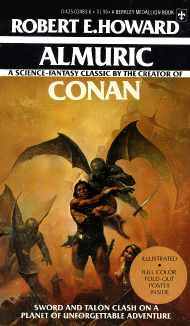
A few years back I became more enamored of Robert E. Howard’s writing than I already was (which is saying something), and made it a personal quest to read as much of his work as I could find. El Borak, Solomon Kane, Bran Mac Morn… I tried to locate copies of everything I could. (This was before the Del Rey editions came along, and made the quest easier).
Among the many treasures I gathered was a copy of Almuric, Howard’s first and only foray into the Sword & Planet sub-genre, and one of only a handful of book-length works he completed — although Robert E. Howard scholars now seem fairly certain that someone else completed the novel. Some believe that this posthumous collaborator may have been Howard’s agent Otis Adelbert Kline, himself a successful author of Burroughs pastiches such as Planet of Peril, but Howard scholar Morgan Holmes has argued convincingly that it might well have been pulp author Otto Binder. The late, lamented The Cimmerian posted a fine article by Al Harron describing the history or Almuric’s composition and scholarship about its origins.
Be that as it may, Almuric is a classic adventure tale in the Burroughs tradition, but written in Howard’s muscular prose. The narrator, Esau Cairn, is cut from the same familiar cloth as many of Howard’s protagonists. Thick with muscle, a bit of a social outcast, Esau is a true Howardian hero, and provides a relatable figure for the reader to experience the alien world of Almuric.
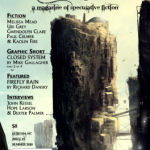 The unfortunately named Bull Spec (I’m assuming this is a reference to Bull Durham tobacco and/or the Kevin Costner movie that takes place in Durham, N.C. where the magazine is based and its intent to feature local writers of “speculative fiction”) has published its
The unfortunately named Bull Spec (I’m assuming this is a reference to Bull Durham tobacco and/or the Kevin Costner movie that takes place in Durham, N.C. where the magazine is based and its intent to feature local writers of “speculative fiction”) has published its 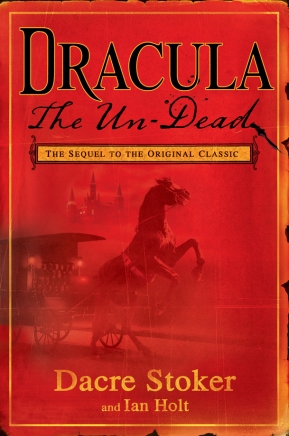

 Steve is a very normal man, perhaps even a bit boring. He works at an English shipping company, handling inventories and looking forward to a career in politics once he climbs the business ladder as far as it will take him. One day, for no particular reason, a sudden fit of discontent sends him down to the docks looking for something different, perhaps a restaurant he hasn’t visited. In an alley, he sees a man being attacked . . .
Steve is a very normal man, perhaps even a bit boring. He works at an English shipping company, handling inventories and looking forward to a career in politics once he climbs the business ladder as far as it will take him. One day, for no particular reason, a sudden fit of discontent sends him down to the docks looking for something different, perhaps a restaurant he hasn’t visited. In an alley, he sees a man being attacked . . . Early on in this film we see Bruce Willis with hair and looking young, and not Die-Hard bashed up, and we wonder absently if this time he’ll actually finish the film as scar-free as he began it. The Willis we begin with is quickly established as a ‘surrogate,’ the robot avatar of the real Willis character, Tom Greer, and it doesn’t take long for both Greer and his surrogate to get bashed up in familiar form.
Early on in this film we see Bruce Willis with hair and looking young, and not Die-Hard bashed up, and we wonder absently if this time he’ll actually finish the film as scar-free as he began it. The Willis we begin with is quickly established as a ‘surrogate,’ the robot avatar of the real Willis character, Tom Greer, and it doesn’t take long for both Greer and his surrogate to get bashed up in familiar form.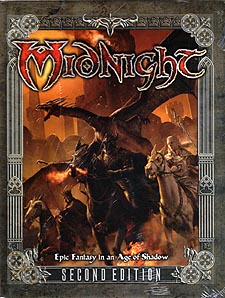 “Imagine if Frodo had died during his journey and the One Ring had returned to Sauron.”
“Imagine if Frodo had died during his journey and the One Ring had returned to Sauron.”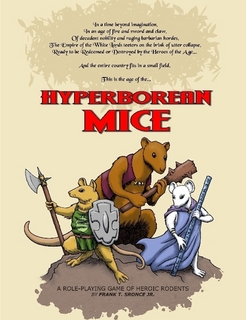 Am I a bad gamer if I really, really want to play this game?
Am I a bad gamer if I really, really want to play this game?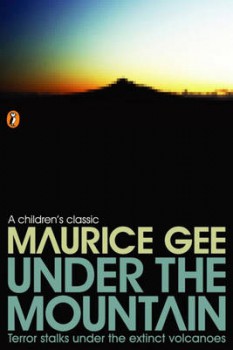 Under the Mountain (1979)
Under the Mountain (1979)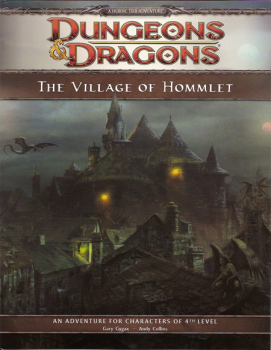 How cool is this? Wizards of the Coast has released an updated version of Gary Gygax’s 1979 classic The Village of Hommlet, one of the most celebrated AD&D adventures and the first part of the notoriously difficult
How cool is this? Wizards of the Coast has released an updated version of Gary Gygax’s 1979 classic The Village of Hommlet, one of the most celebrated AD&D adventures and the first part of the notoriously difficult